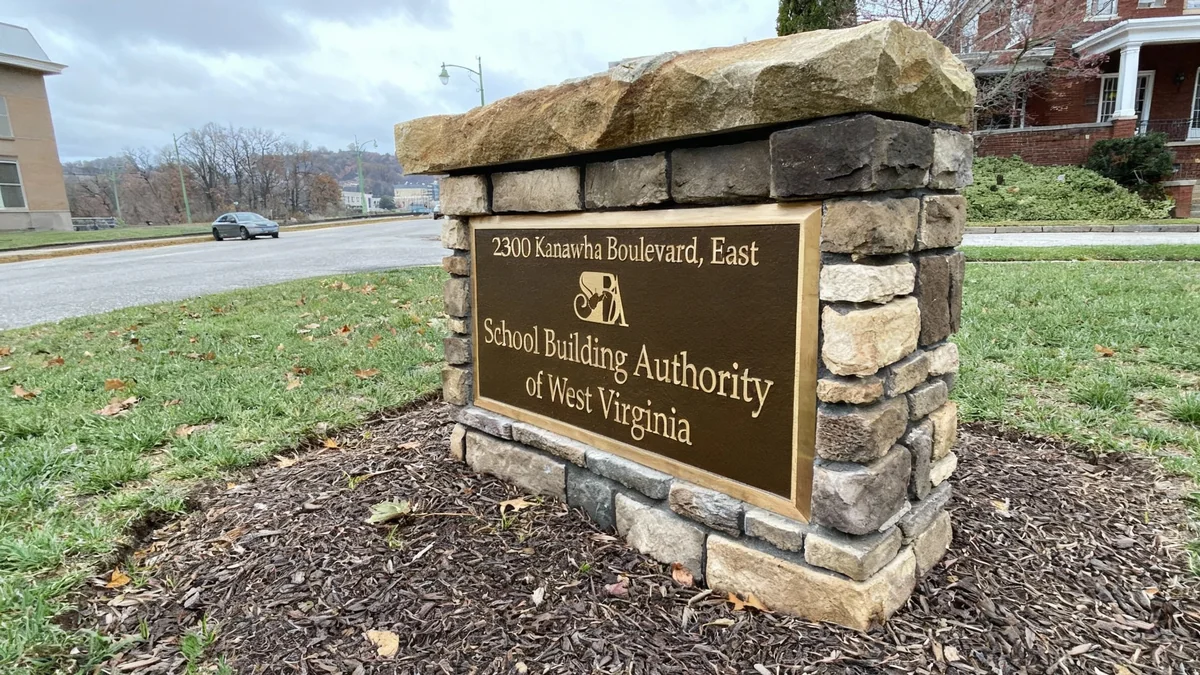A significant shift in language is being observed in classrooms across the United Kingdom, as teachers report a noticeable increase in children using American English words and phrases. This trend, particularly strong among younger primary school students, is linked by parents and educators to the widespread consumption of American-produced content on platforms like YouTube and Netflix.
A recent survey of over 10,000 teachers highlights the extent of this linguistic change. Words like “candy” for sweets and “garbage” for rubbish are becoming commonplace, sparking a conversation about the evolution of language in a digitally connected world.
Key Takeaways
- A survey of over 10,000 UK teachers reveals a rise in Americanisms used by pupils.
- The trend is most pronounced in primary schools, with younger children adopting words like “candy,” “trash,” and “garbage.”
- More than 65% of primary teachers have heard students use the word “candy” instead of sweets.
- Parents and experts attribute the shift to the influence of American content on streaming services and social media platforms like YouTube.
- Linguists suggest this is a natural part of language evolution, not a displacement of British English.
The View from the Classroom
Educators are on the frontline of this linguistic shift, hearing the changes in real-time in hallways and during lessons. The survey, conducted by Teacher Tapp, provides clear data on which American terms are gaining the most traction.
The findings show a distinct difference between age groups. Primary school teachers are far more likely to report hearing these terms than their secondary school counterparts. For instance, over 50% of primary teachers said they had heard pupils use “trash” or “garbage,” compared to just under 34% of secondary teachers.
The word “candy” is even more prevalent among the youngest students. A striking 65% of primary teachers reported hearing it, while only 26% of secondary teachers noted its use. This suggests the influence is strongest on children at the earliest stages of language development.
Survey Snapshot: Americanisms in UK Schools
- “Trash” or “Garbage”: Heard by 44% of all teachers surveyed.
- “Candy”: Heard by approximately 40% of all teachers.
- “Apartment”: Heard by 14% of teachers.
- “Diaper”: Heard by 9% of teachers.
- “Movie theatre”: Heard by 7% of teachers.
The Digital Influence
Parents and educators point to one primary source for this new vocabulary: the internet. The content children consume is no longer curated by a handful of national broadcasters. Instead, streaming services and online video platforms offer a global library of content, much of it American.
Stacie Swift, a mother of three from Cambridgeshire, has observed this directly. “I’ve had to correct my children, who are ten and eight years old, as they slip into Americanisms,” she said. “It’s usually because they have been watching American YouTube videos or cartoons.”
This experience is echoed by many other parents. Karen Simpson, a former primary school teacher, noted that her children use words like “candy” and “closet” regularly. Some parents even report their children developing American accents.
“My child speaks with an American accent … there was a new teaching assistant at school and they asked what part of America they were from!”
<
Popular American YouTube channels like MrBeast, with over 448 million subscribers, and nursery-focused channels like CoComelon are major sources of this exposure. For many children, these global digital creators are more familiar than traditional British television personalities.
A Shift in Media Consumption
Historically, children's television in the UK was dominated by domestic broadcasters like the BBC, which often featured presenters with Received Pronunciation (RP) accents. Today, platforms like YouTube and Netflix provide on-demand access to a vast array of international content, breaking down geographical and linguistic barriers. This has led to children being exposed to a wider variety of accents and dialects, with American English being particularly dominant.
Language in Motion
While some may worry about the erosion of British English, linguists view this phenomenon as a natural and ongoing process of language evolution. English has always borrowed words from other languages, and the digital age has simply accelerated this exchange.
Professor Lynne Murphy, who teaches British and American English at the University of Sussex, explained that children’s language is particularly fluid. “We tend to rely on what’s happening in adult language. That way, we can see what really became part of the language, and not just a fad,” she stated. “We adults don’t talk like we did when we were four, or eight or 12, and neither will today’s children.”
Professor Murphy also emphasized that this is not a one-way street. British words also travel to the United States through popular media. She noted that vocabulary is additive; gaining new words doesn't necessarily mean losing old ones. Terms like “film” and “movie,” or “biscuits” and “cookies,” often coexist, giving speakers more options.
“English is a magpie language that loves adding vocabulary to communicate more precisely … it has been a hybrid language since 1066. There’s no reason for it to stop now.”
An Evolving Dialogue
Education leaders see this trend not as a problem to be corrected, but as a reflection of the modern world. They acknowledge that children are adept at absorbing language from their environment, which is now more global than ever.
Pepe Di’Iasio, general secretary of the Association of School and College Leaders, commented on the findings. “Children absorb language readily, and as American culture is so prevalent, it is not surprising that Americanisms often crop up in classrooms and playgrounds,” he said.
He added that this is a fundamental part of learning and growth. “Language is a voyage of discovery, constantly changing, shifting and transforming. It is part of the joy of teaching to see this happening around you.”
The discussion is less about whether one form of English is better than another, and more about understanding how language adapts. The words children use today are a direct reflection of the media they consume and the interconnected world they inhabit. While “pavements” may occasionally become “sidewalks” in the playground, it is a sign of a language that is alive and constantly renewing itself.





